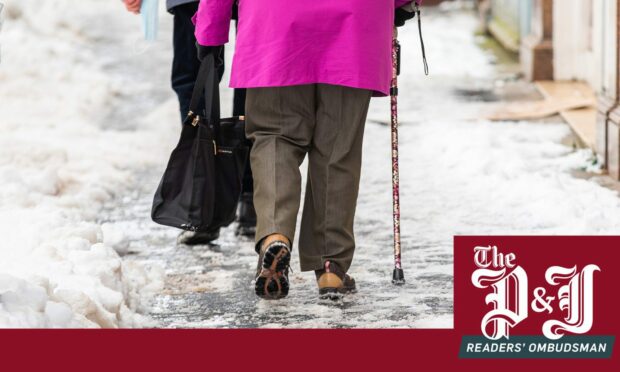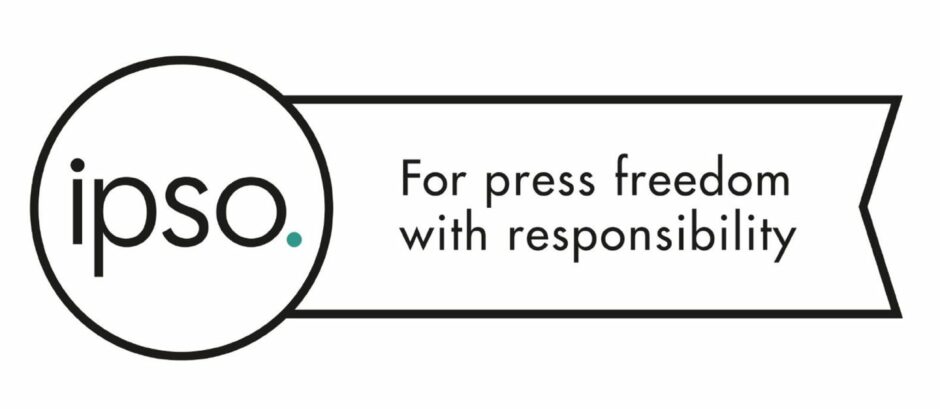I wore my sturdiest boots, I took tiny, careful steps, I set off ages before I usually would and still I managed to slide on an ice-rink of a pavement and land on my backside right in front of a packed bus shelter.
Embarrassing for sure, not to mention potentially harmful but also intensely frustrating when I had taken such precautions.
Much the same emotions I tend to feel when I make a slip in my journalism.
Accidents happen. You can no more eliminate entirely the risk of a spelling mistake or a factual error when telling a story than you can the chances of a humiliating tumble on an ungritted path.
But you can take every possible precaution to prevent either.
First rule of journalistic standards
That is, in essence, the philosophy behind the first and most regularly invoked of the set of rules by which every journalist in our newsroom operates.
“The Press must take care,” Clause 1 (i) of the Editors’ Code says, “not to publish inaccurate, misleading or distorted information or images, including headlines not supported by the text.”
Note those two crucial words near the start. Getting something wrong is not a breach in itself – but rather a failure to “take care” that what we were writing was correct, not checking facts, verifying spellings, making sure pictures show what we say they do.
Not a breach but always – like falling on your arse in public – embarrassing, potentially harmful and frustrating.
Making amends
Unlike when I did my Bambi impression, the Code is clear though that the next step cannot be to quickly get back up and try to walk on, whistling nonchalantly, as if nothing had happened.
If we get something important wrong – even if we had taken all the possible care in the world – the next clause is the one that means we must always put our hands up, admit it and make things right.
Clause 1(ii) says that “a significant inaccuracy, misleading statement or distortion must be corrected, promptly and with due prominence, and — where appropriate — an apology published”.
It is a duty we take very seriously – and one I would personally feel mortified if we were ever found to have breached.
Comment, conjecture and fact
Part of my role is to investigate when people claim we have messed up.
In many cases it turns out not to be the case because we had, as required by Clause 1(iii), “distinguished clearly between comment, conjecture and fact”.
Just because you do not agree with someone’s opinion or the evidence as presented in a court case for example does not make either any less accurate, so long as each is reported for what it is.
On occasion though we do get things wrong.
Something smells off
One recent example was a particularly large pile of shit.
At least that was the subject of the story – a planning dispute between neighbours about the smell of horse manure – which we unfortunately illustrated with a picture of a man whose only connection to the case was happening to have exactly the same name and profession as one of the protagonists.
Embarrassing, potentially harmful and intensely frustrating – not just for the victim of the error but for the experienced journalist involved too. Among the worst of the popular misconceptions about the press is that we are careless about the accuracy or the consequences of what we write.
That could not be further from the truth for anyone I work with.
(I recently read and would recommend this very insightful exploration of reporters’ relationship with the mistakes they make)
As soon as we became aware of this error, we moved quickly to correct the record, to express our regrets publicly and in private and to add it to the list we update with every correction or apology we make.
We take great pride in getting things right – but also in sorting them out when we get them wrong.
I am only glad there is not also a regularly-updated page on the site for videos of me making a spectacle of myself on the frozen streets, despite taking all the care in the world.


Conversation